Make to Order (MTO) is a production method where products are created after receiving customer orders. This approach ensures each product meets specific customer needs, helping businesses reduce waste and fulfill demands more effectively.
This article dives into the concept, benefits, challenges, and tips for using MTO effectively. By understanding this strategy, businesses can boost efficiency and make their customers happy.
Key Takeaways
|
Table of Contents
Understanding the Make-to-Order Concept
Make to Order (MTO) is a production strategy where businesses manufacture products only after receiving confirmed customer orders. This method eliminates the need for pre-produced stock, ensuring each item is tailored to meet specific customer requirements.
Unlike traditional mass production, MTO focuses on customization and flexibility, allowing companies to adapt to varying demand patterns. For example, small businesses in the Philippines, such as custom furniture shops or artisanal gift makers, thrive with this approach.
By producing only what is ordered, they avoid excess manufacturing inventory, reduce storage costs, and deliver unique products that perfectly match customer expectations. MTO is ideal for industries prioritizing personalized solutions and managing resources efficiently.
How the MTO Process Works:
- The customer places an order, and a bill of sale is generated.
- The company confirms the order and issues a work order.
- The product is manufactured based on the customer’s specifications.
- The product is delivered to the customer upon completion.
Advantages of Make-to-Order

Make-to-Order (MTO) is a production approach that focuses on creating products after receiving customer orders. This strategy ensures businesses can meet specific customer demands while avoiding unnecessary production. Some of the advantages you need to know are:
- Customization to Meet Specific Needs
MTO allows businesses to design products based on customer preferences, ensuring exact specifications for color, size, or features. - Reduced Waste and Inventory Costs
Producing items on demand eliminates the need for excess inventory, saving money and minimizing storage expenses. - Improved Resource Allocation
Businesses can allocate resources more efficiently by focusing only on active customer orders, avoiding waste in materials and time. - Better Market Trend Adaptability
MTO helps businesses stay relevant by responding quickly to current customer demands and market changes.
MTO is an effective strategy for businesses aiming to deliver personalized solutions while maintaining cost-efficiency. By focusing on real-time demand, companies can avoid risks associated with overproduction and ensure customer satisfaction. Thus, many would find that this approach enhances operational efficiency and strengthens market competitiveness.

Challenges in Implementing Make to Order
Make-to-Order (MTO) offers great benefits, but it also comes with unique challenges that businesses need to address. These challenges can impact delivery times, production manufacturing costs, and resource management.
Adopting advanced technologies like electronic paper display can help mitigate these challenges by enabling dynamic content changes without additional material costs. Recognizing these issues helps businesses prepare and implement solutions effectively.
Other than that, the challenges in implementing Make to Order are:
- Longer Delivery Times
Since production begins only after an order is placed, customers might experience delays in receiving their products. This can be a disadvantage in markets where quick delivery is a priority. - Higher Production Costs
Creating customized items often requires specialized materials and skilled labor, increasing production expenses compared to mass production methods. - Managing Fluctuating Demand
Unpredictable customer orders can make resource planning challenging. Delays are common if materials are not readily available or production schedules need frequent adjustments.
MTO’s challenges require careful planning and efficient processes to overcome. By investing in technology, improving supplier relationships, and optimizing resource allocation, businesses can mitigate these issues.
Make-to-Order vs Make-to-Stock
Make-to-Order creates products only after an order is placed, offering customization but with longer wait times and higher costs. Make-to-Stock produces items in advance based on demand forecasts, allowing quick delivery but risking unsold inventory and limited customization. The differences are:
| Aspect | Make-to-Order (MTO) | Make-to-Stock (MTS) |
|---|---|---|
| Production Timing | Starts after an order is received | Based on forecasted demand |
| Inventory Type | Stores raw materials only | Stores finished goods for quick sales |
| Customization | Excellent for customization; tailored to customer needs | Limited flexibility for customization |
| Waste Management | Minimizes waste and avoids excess inventory | Risks of unsold inventory and overproduction |
| Delivery Speed | Delivery may take longer due to on-demand production | Faster delivery since products are pre-produced |
| Cost Efficiency | Higher costs due to specialized labor and materials | Lower unit costs with economies of scale |
Tips to Optimize Make-to-Order Processes
Conclusion
Make-to-Order (MTO) is a production strategy where businesses create products only after receiving customer orders. This approach ensures each product is tailored to meet specific customer needs, helping businesses reduce waste and efficiently manage resources. With MTO, companies can deliver personalized products while staying competitive.
For Filipino businesses, adopting MTO can significantly enhance customer satisfaction and operational efficiency. HashMicro’s Manufacturing Automation provides tools to optimize MTO processes, from planning to quality control. Experience the benefits firsthand by trying the free demo and taking your operations to the next level.

Frequently Asked Questions
-
What is the meaning of “make to order”?
Businesses use the Make-to-Order production strategy to make products only after receiving customer orders. This approach tailors items to specific needs, avoids excess inventory, and reduces waste.
-
What are examples of make-to-order?
Examples include custom furniture, personalized gifts, and tailored clothing businesses that produce based on orders. These businesses focus on delivering unique, client-specific products rather than mass production.
-
How is the concept of make-to-order used?
Make-to-Order is used to align production with actual customer demand, ensuring customization and efficiency. Businesses apply this to reduce waste, manage resources, and deliver personalized products quickly.







